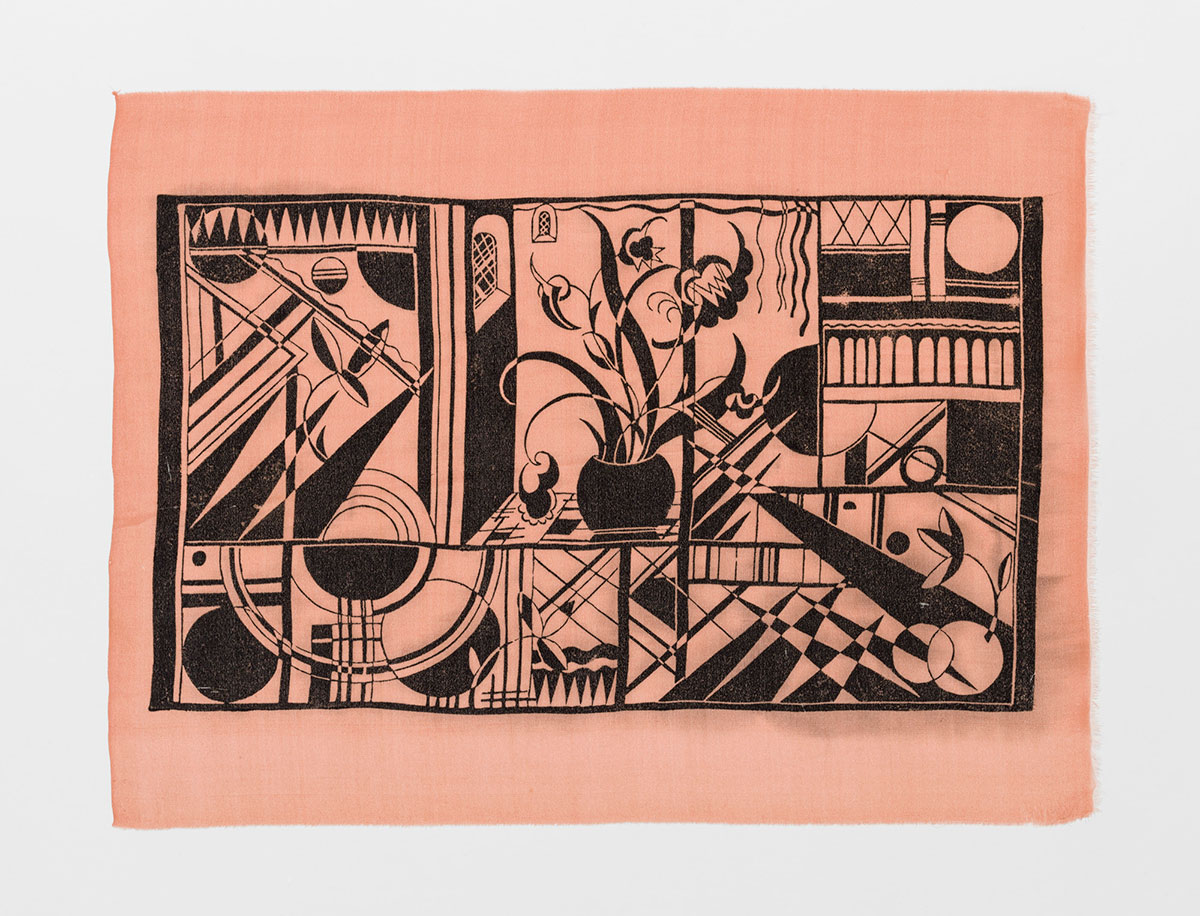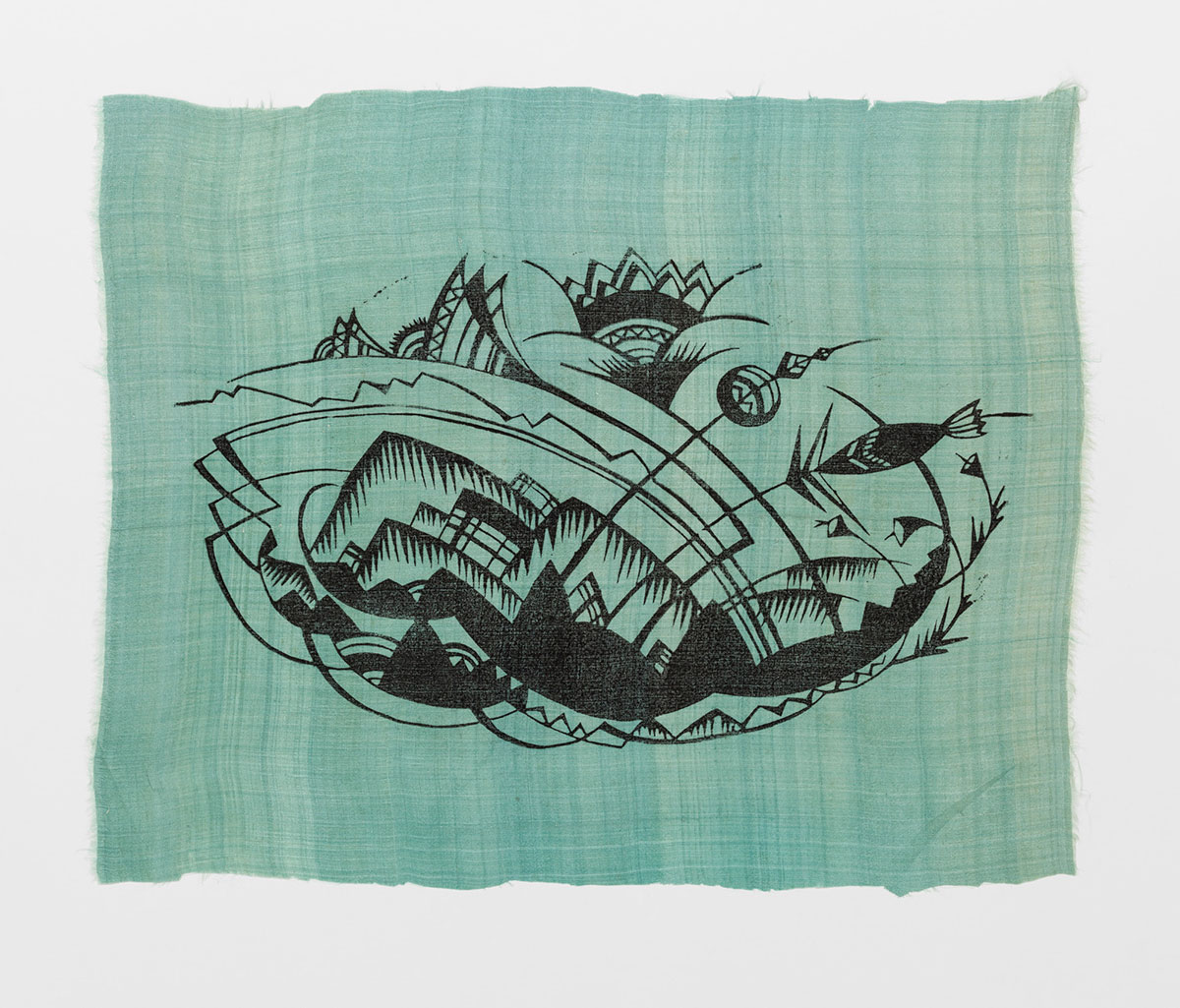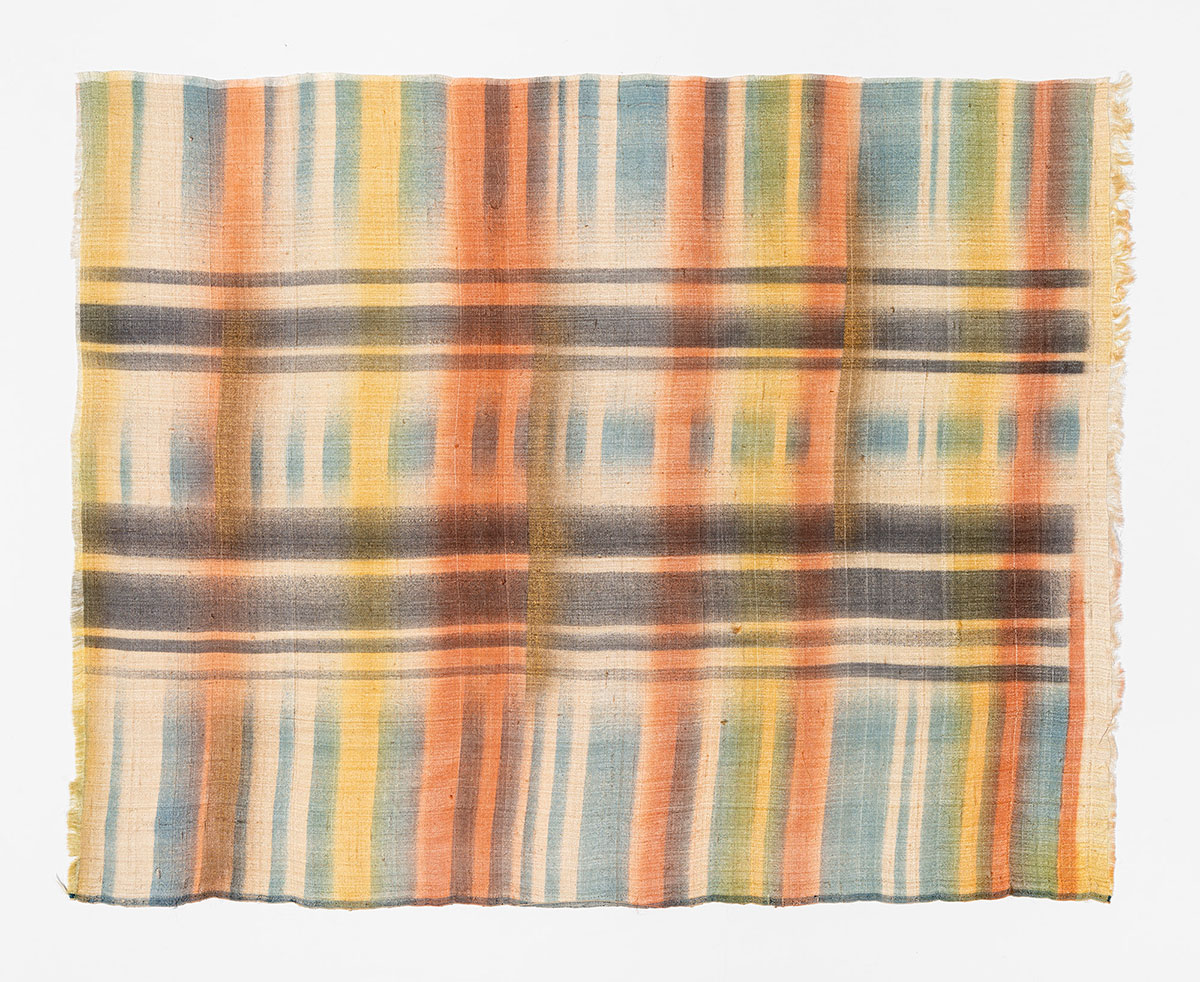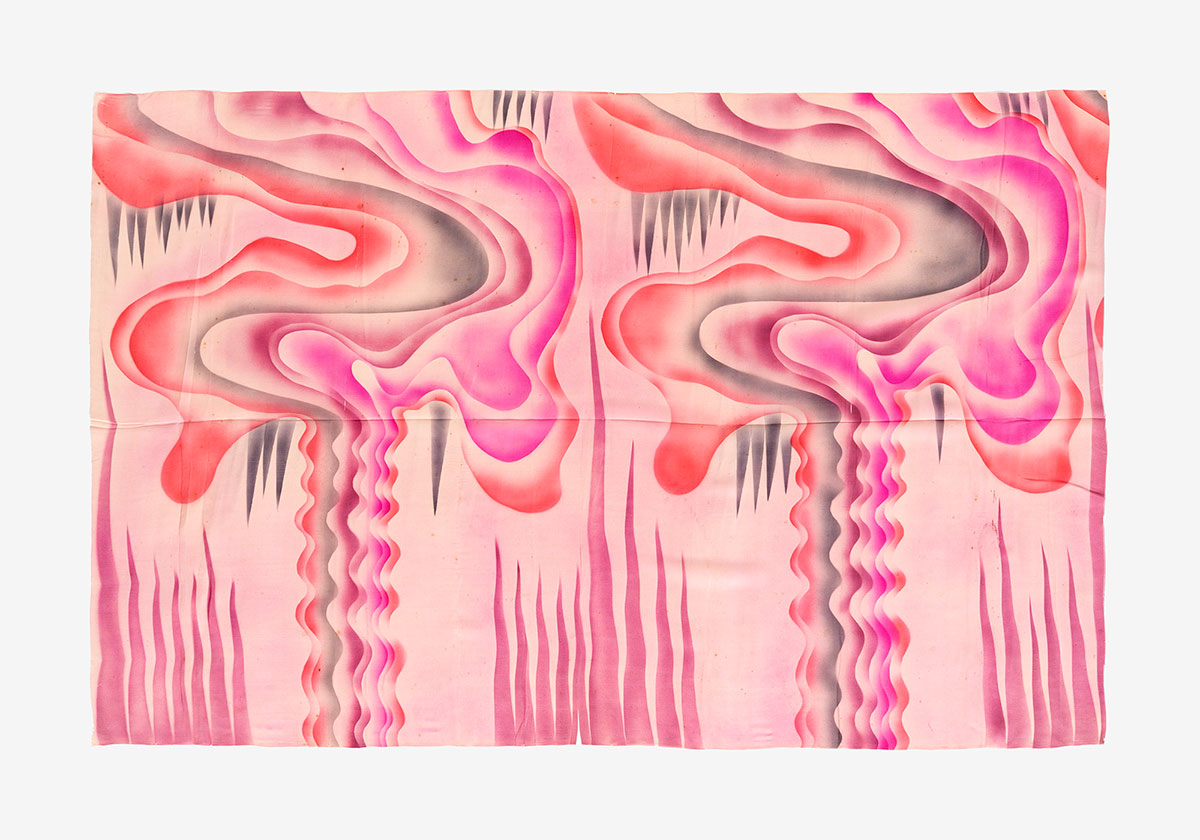TRIBUTE: Atelier Zanolli-Fabrics, Fashion, Crafts (1905-1939), Part II
The Atelier Zanolli’s story begins with the decision of a woman at the beginning of the century to take destiny into her own hands. Antonietta Zanolli-Recati leads her family from Northern Italy to the land of Pestalozzi, hoping for a better education and life for her children. Her story in Zurich encompasses the small fashion boutique she opens and the vibrant social life it attracts due to her charm and fascinating personality; the anarchists, artists, and pacifists that frequent the family’s residence during World War I; the return of her husband to Italy; and her death shortly after her granddaughter Satuila is born in 1934 (Part I).
By Efi Michalarou
Photo: Museum für Gestaltung Zürich Archive
The unbridled creative energy of the Zanolli family spilled out across the broad field of early-twentieth-century arts and crafts design. Working across a spectrum of materials and disciplines, they designed and produced a steady stream of exuberantly graceful objects, which are now on view for the first time in the exhibition “Atelier Zanolli—Fabrics, Fashion, Crafts, 1905–1939 “. Under the label Atelier Zanolli, a fantastic world of silk fabrics painted and imprinted with patterns, opulently embroidered cushions, colorful pearl creations, and finely crafted leather and wood articles, was created between 1905 and 1939 in Zurich. The Zanollis had immigrated from Italy in 1905. Their family business was run by Antonietta and her daughters Pia, Lea, and Zoe Zanolli. The cultural and stylistic influences manifested in the Zanollis’ visually appealing products range from the avant-garde to an aesthetic forged by a spirit of intellectual national defense against the increasing threat of the totalitarian regimes in Nazi Germany, fascist Italy, and the communist Soviet Union, that was prevalent in Switzerland in the 1930s. Driven by a striving for artistic self-realization, the atelier defied the many economic challenges of the period and carried out many commissions for Zurich’s leading textile businesses and department stores. The works of the exhibition provide extensive insights into design techniques and working conditions of the time as well as the tastes that prevailed. The family’s ideals and their struggle to position the ‘Zanolli style’ during a golden age of design has its parallels in start-ups today, especially in their passion for handmade products, which are again in high demand. The family was the production unit underpinning all Atelier Zanolli’s activities. It was the mother of the family, Antonietta Zanolli, herself a dressmaker, who instigated the move from the northern Italian town of Belluno to Zurich, to venture a fresh start as a fashion and craft studio. Demand quickly grew for their elaborately embroidered creations featuring deer leaping over wooden bowls and leather cases, and balloons floating in front of rainbows. From the mid-1920s onwards, they produced a seemingly endless stream of imaginative patterns on silk—with daughter Lea Zanolli wielding the airbrush spray gun with and experimental zeal and finesse. Although historical circumstances were not always favorable, Atelier Zanolli succeeded in combining artistic self-expression with large-scale commissions for leading department stores such as Grieder and Jelmoli. The collected exhibits shown publicly for the first time provide a rare delight for visitors to. Organized in seven exhibition zones, Famiglia Zanolli fist introduce themselves in talking photos. The Boutique is an invitation to indulge in the sensual world of the Zanolli style: opulently embroidered pillows, branded leather pouches, richly colored wood, felt, and glass beadwork, as well as airbrush works on paper—all surrounded by exquisite silks. L’Atelier makes the design process and materials tangible. Zurich designer Franziska Born reveals the sophistication of the airbrush technique in a reinterpretation of the Zanolli style. In the mediation zone Provòn! (Ladino Bellunese for ‘Let’s give it a go!’), visitors can roll up their sleeves and use stamps and ink to create their own patterns for the exhibition. Il Successo traces Atelier Zanolli’s progress from door-to-door sales to financial success, while L’Influsso contextualizes the Zanolli cosmos with inspirational textiles from beyond Europe to local competitors such as Sophie Taeuber-Arp, Otto Morach, as well as Elsi Giauque from the Zurich branch of the Wiener Werkstätte. International parallels are drawn in a number of masterful exhibits by Klara Posnanski and Maria May. And last but not least, La Risonanza creates an echo chamber with contemporary design positions: Rafael Kouto, Lela Scherrer, and Ikou Tschüss enter into a dialogue with Atelier Zanolli across different design disciplines.
Photo: Atelier Zanolli, fabric sample, design 9012, silk, colored, stencil/airbrush technique, 1926-1939, Decorative Arts Collection, Photos: U. Romito and I. Suta, Museum für Gestaltung Zürich/ZHdK, Courtesy Museum für Gestaltung Zürich
Info: Curator: Sabine Flaschberger, Museum für Gestaltung Zürich, Toni-Areal, Pfingstweidstrasse 96, Zurich, Switzerland, Duration: 16/5-9/9/2022, Days & Hours: Tue-Wed & Fri-Sun 10:00-17:00, Thu 10:00-20:00, https://museum-gestaltung.ch/
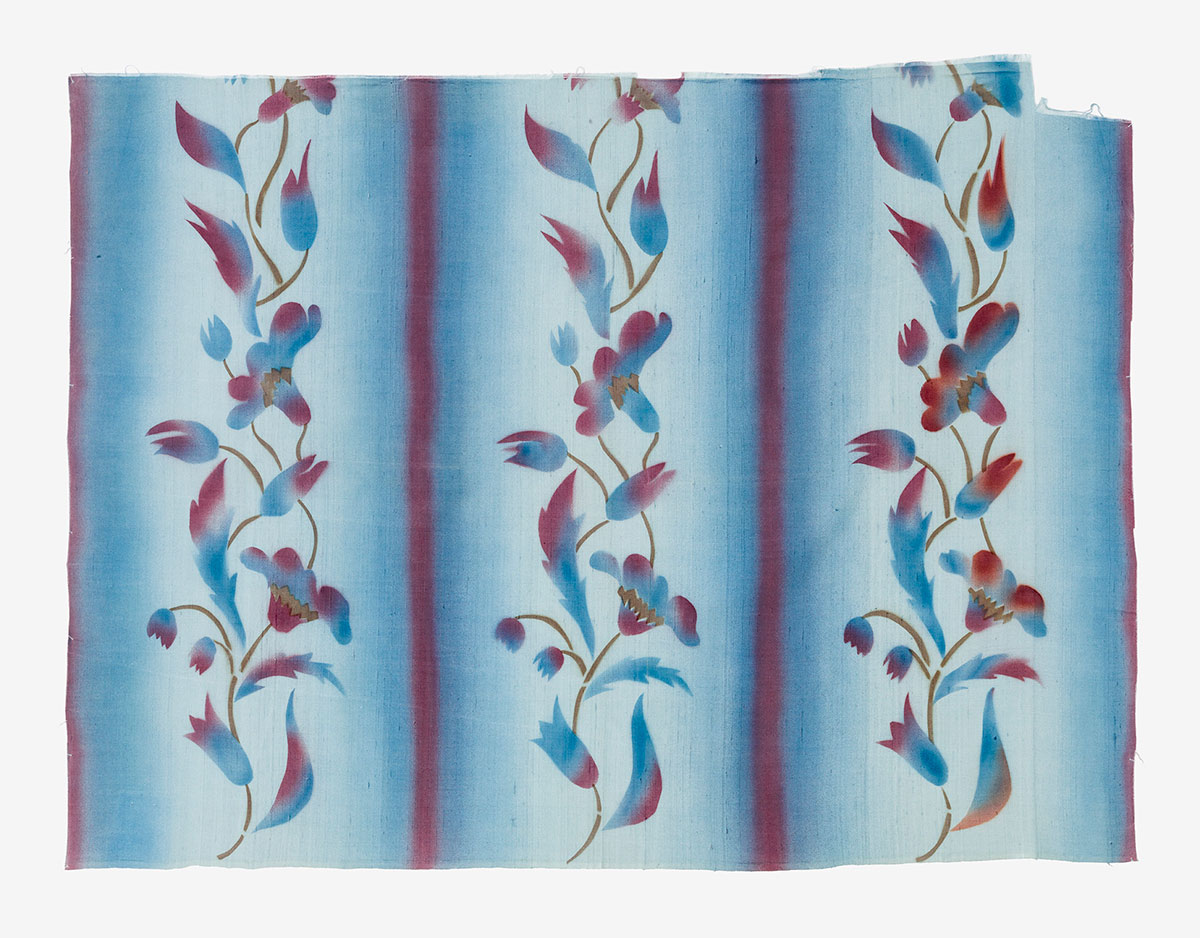
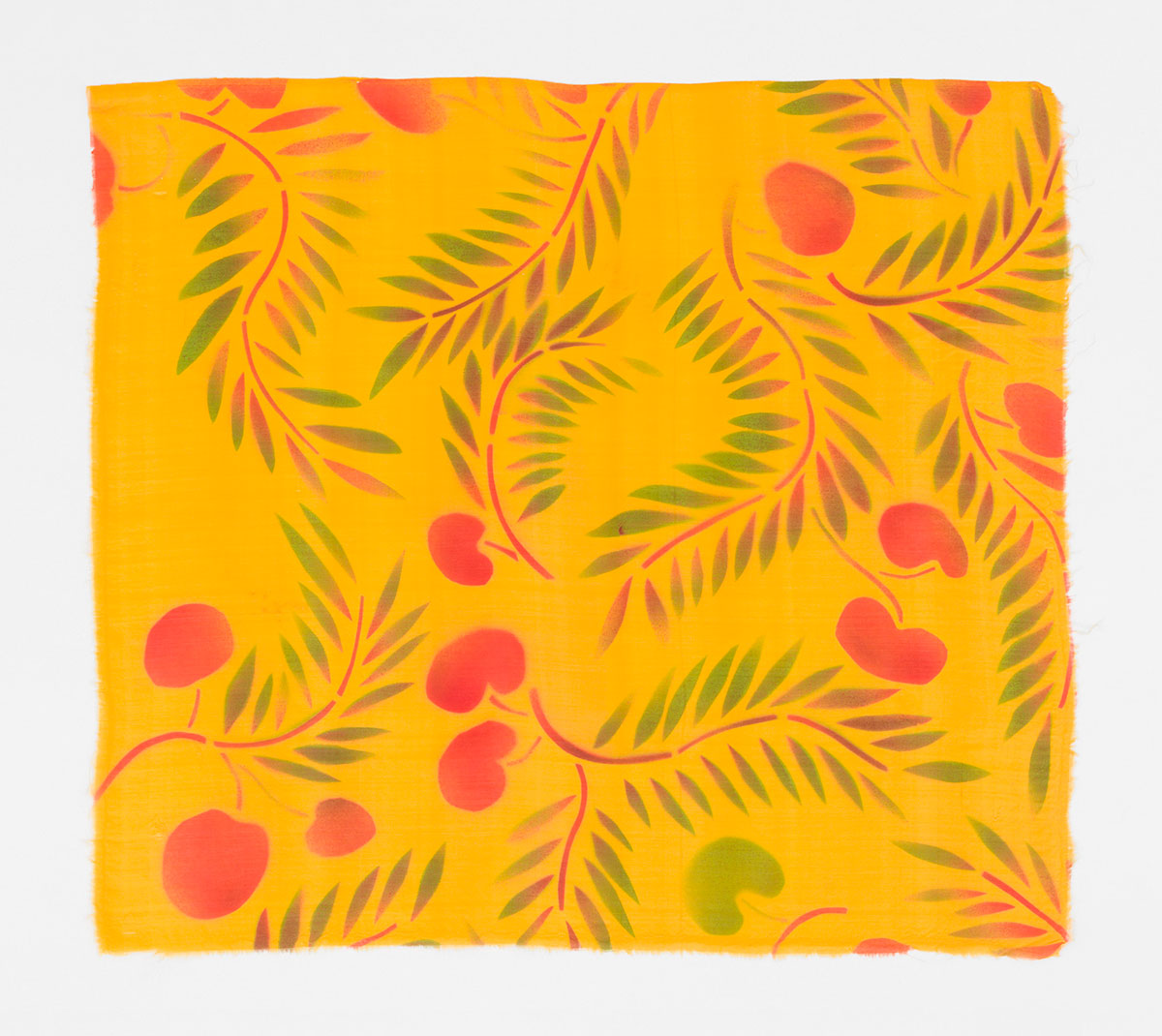
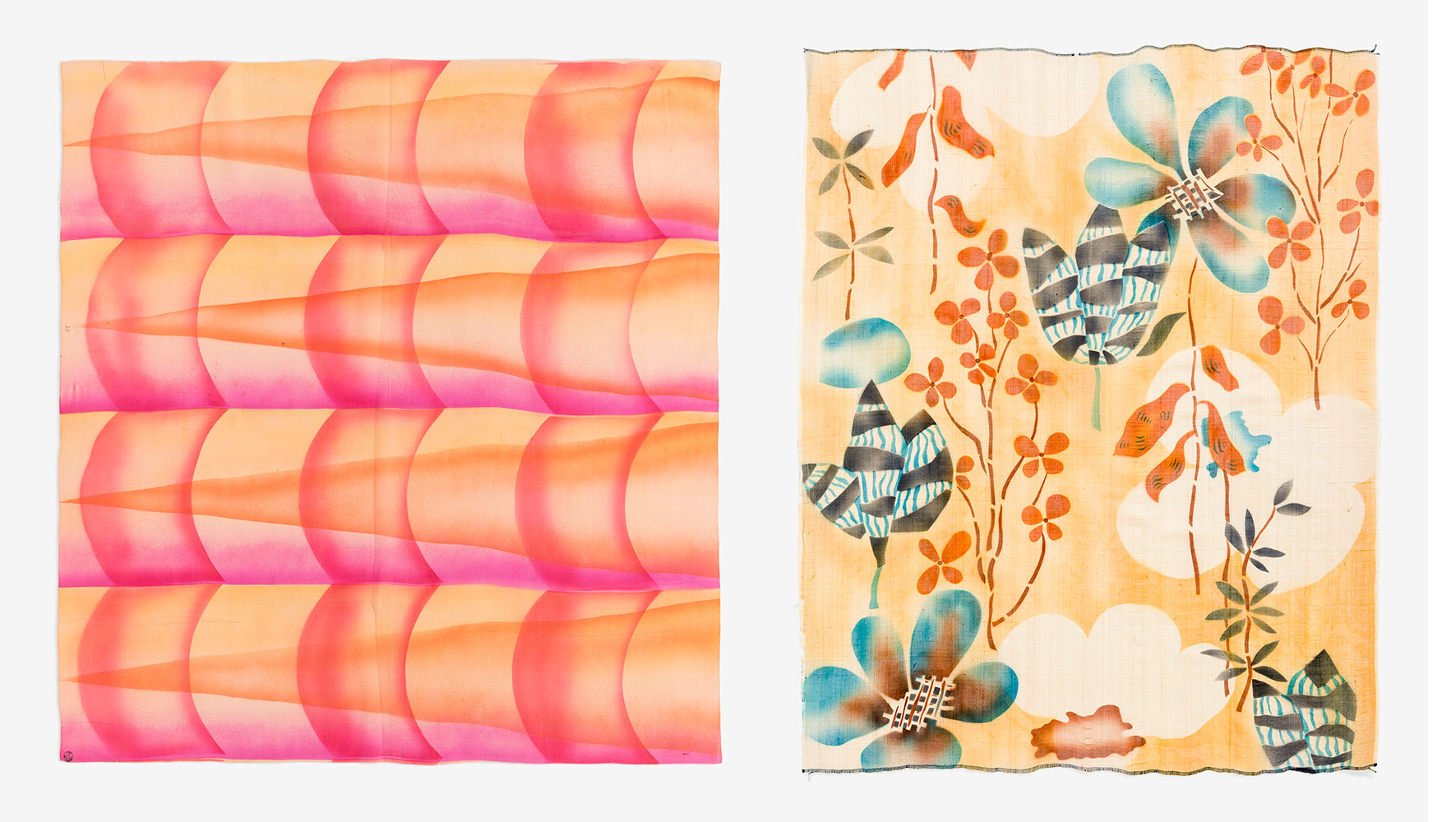
Right: Atelier Zanolli, fabric sample, design 8047, silk, colored, stencil/airbrush technique, 1926-1939, Decorative Arts Collection, Photos: U. Romito and I. Suta, Museum für Gestaltung Zürich/ZHdK, Courtesy Museum für Gestaltung Zürich
